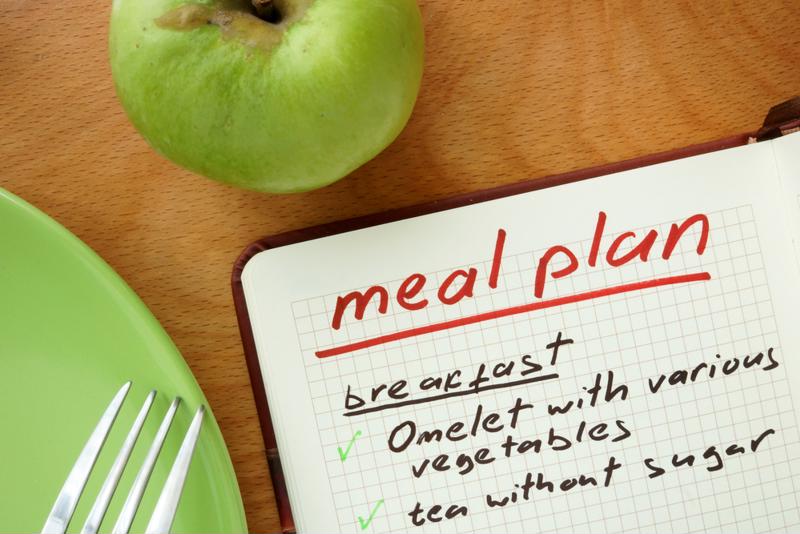Macros: tiny things with a big impact.
Macronutrients are what calories are made of: specifically, they're the fat, protein and carbohydrate content of your food. A whole diet has emerged around counting macros, and following it is a great way for people of all lifestyles and activity levels to get in touch with how they're fueling their bodies.
The basics of the macro diet
This diet is not just about counting calories, but also counting the fat, protein and carbs in each meal. The focus is on consuming calories with a high nutritional content.
The first step is determining how many calories you should be consuming in a day. Health Canada has a helpful chart that shows you your daily energy requirements. The next step is to calculate what percentage of these calories should be dedicated to fats, proteins and carbohydrates.
Your ideal macro count depends on your current and ideal weight, activity levels and other factors. A licensed dietitian can help you determine your exact macro range. For guidance, Health Canada provides these percentages for macronutrient distribution for individuals age 19 and over:
- 45-65 per cent carbohydrates.
- 10-35 per cent protein.
- 20-35 per cent fat.
Remember these percentages are recommendations. As mentioned above, your specific macro counts may vary, depending on your lifestyle and specific health needs. The macro diet can also be tweaked to suit specific health goals, such as weight loss or the build up of muscle.
 Counting macros can help you lose weight.
Counting macros can help you lose weight.
The benefits of a macro diet
The macro diet is beneficial because it helps you pay more attention to the foods you eat each day and avoid falling prey to "empty calories." These are foods that have a high calorie count but little actual nutritional value, like a bag of potato chips, a chocolate bar or a big bowl of pasta soaked in sauce.
With a macro diet, you can make sure every calorie you put into your body will be efficiently used. This helps you stay full and energized throughout the day and avoid sugar crashes or that sleepy feeling after an oversized, carb-heavy lunch.
For these reasons, counting macros is also helpful for losing weight.
"Becoming aware of macronutrients allows one to figure out the tipping point at which the body creates the desired changes," said clinical nutrition coach Ariane Hundt in an interview with Cooking Light magazine. "Everyone's different, but when macros are customized, one can lose between 2 and 5 per cent body fat in a month and an average of 10 pounds in the first month."
How to count macros
This diet requires you to closely track the specific amounts of macros you consume in a day. The carb, fat and protein counts for each food you consume can be found on the nutritional label. Writing macros down in a food journal is one approach, but there are also a number of apps available that can help accurately and efficiently track your macros.
Some popular apps include:
- My Macros+.
- Calorie Counter PRO by MyNetDiary.
- Fitocracy Macros.
- MyFitnessPal.
- Nutritionist.
Sample meals
Great meal choices for the macro diet contribute to your daily protein, carb and fat content goals. Here are a few smart meal and snack ideas:
- Quinoa with steamed vegetables and salmon.
- Grilled lean chicken with sweet potatoes and broccoli drizzled with olive oil.
- Lentils with shrimp, spinach, carrots and a homemade yogurt-based salad dressing.
- Riced cauliflower with roasted asparagus, lean turkey and slivered almonds.
Check out more meal ideas for macro diets here.
Focus on whole foods
Another important thing to keep in mind when following a macro diet is the quality and freshness of the ingredients you choose. Steer clear of processed foods or those with artificial ingredients and instead choose whole-grain, plant-based foods.
The essence of the macro diet is making your calories work for you. Instead of following a restrictive diet low in calories that offers little of the nutrition your body actually needs, or satisfying your hunger with empty calories, why not count your macros and make sure that everything you put into your body supports optimal health and energy.